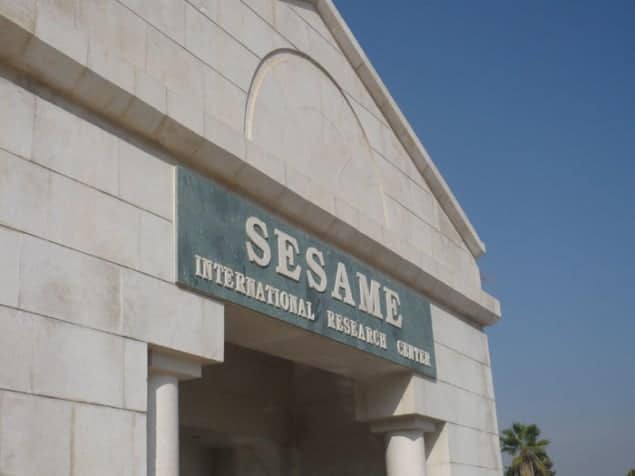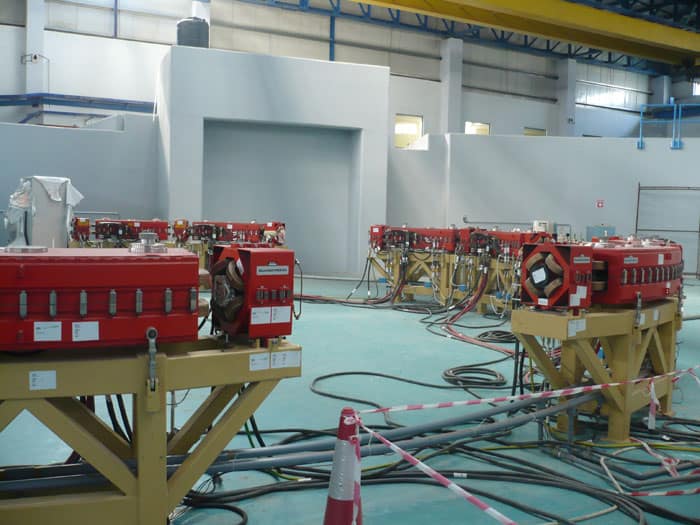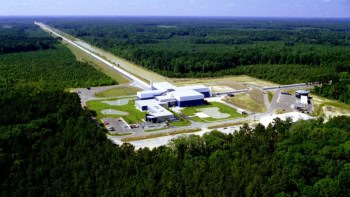
Work on the Middle East’s first synchrotron light source received a major boost yesterday after scientists began commissioning parts of its accelerator system. The $110m Synchrotron-light for Experimental Science and Applications in the Middle East (SESAME), which is being built in Jordan, is designed to act as a bridge between scientists in the troubled region. However, there are still concerns about a $35m hole in its budget to enable researchers to finish building the 2.5 GeV facility by 2015.
Located about 30 km north of the Jordanian capital Amman, SESAME is being funded by 10 countries: Bahrain, Cyprus, Egypt, Greece, Iran, Israel, Jordan, Pakistan, Palestine and Turkey. It is modelled institutionally on CERN, which was founded in 1954 to act as a link between European countries that had previously been at war.
When fully complete by 2015, SESAME will have a circumference of 133 m and accelerate electrons to an energy of 2.5 GeV before making them produce X-rays for a range of experiments from condensed matter to biology. “Rather than just building a new facility, SESAME is more about building a capacity in the region to work with synchrotron radiation,” says Hafeez Hoorani, scientific director of SESAME.
The synchrotron will consist of a “microtron”, which injects elections and accelerates them to 22.5 MeV before sending them into the pre-accelerator ring – with a circumference of 20 m – to further accelerate the particles to 800 MeV. The electrons will then be injected into the main storage ring, which will boost their energy to 2.5 GeV. Both the microtron and the pre-accelerator ring come from the decommissioned BESSY-1 synchrotron in Berlin, Germany, but the storage ring will be bought new.
Money concerns
Yesterday, scientists at SESAME began commissioning of the microtron, testing it at its full operating voltage of 450 keV for the first time. The tests were made possible because most of the facility’s protective concrete shielding is now in place. Early next year researchers will then begin to move the pre-accelerator into position to begin full testing of the microtron together with the pre-accelerator.
However, progress is still hampered by the $35m hole in SESAME’s budget that is needed to buy components, including magnets, for the main storage ring. Researchers are hoping to have at least some of the funding to start buying parts for the storage ring by next year. Funding difficulties have meant, however, that when SESAME comes online, it will have just four beamlines rather than seven as originally planned. Work on the other three will begin only after the facility opens. In total, SESAME will have room for about 14 beamlines.
“Progress is going well in some regards,” says Massaoud Hafouche, who works at SESAME as a beamline scientist for one of the four instruments that will be online when the facility is complete. However, he admits that funding problems are having an impact. “Getting staff to work on the machine is going well, but progress on it is slow mainly because of the lack of money at the moment,” he says.




